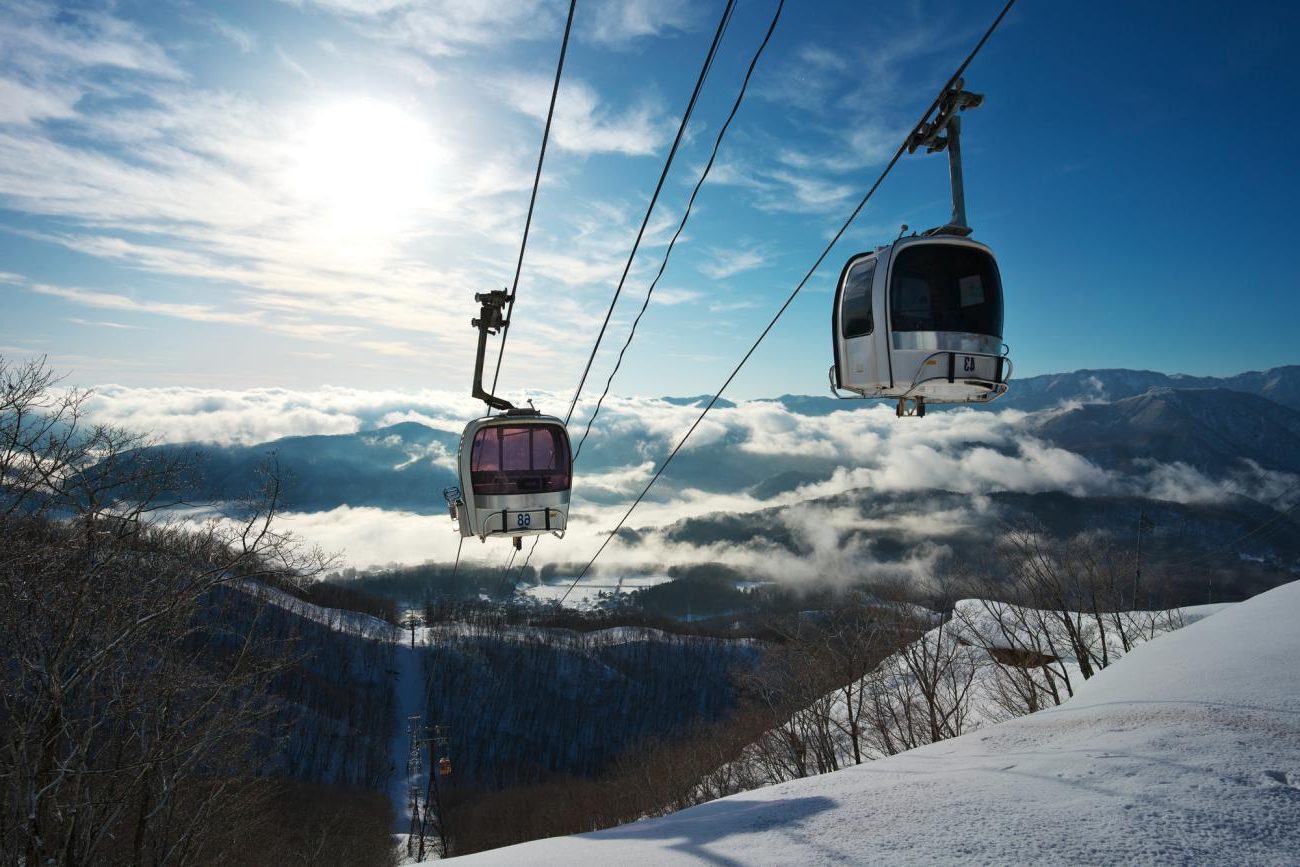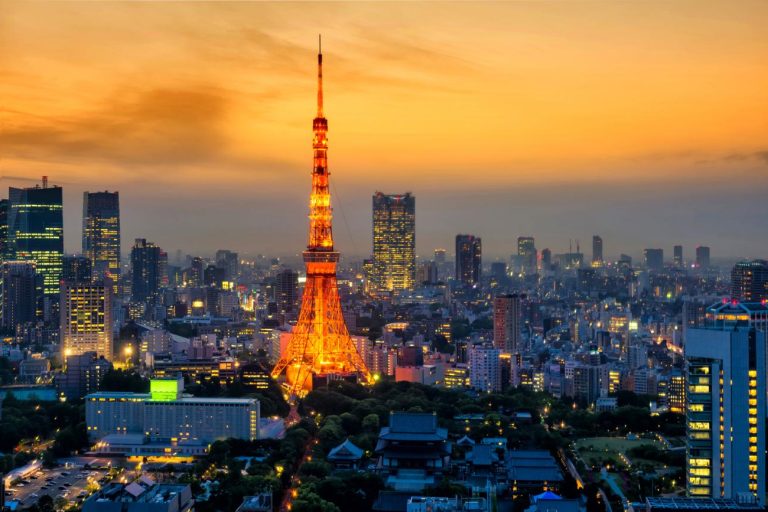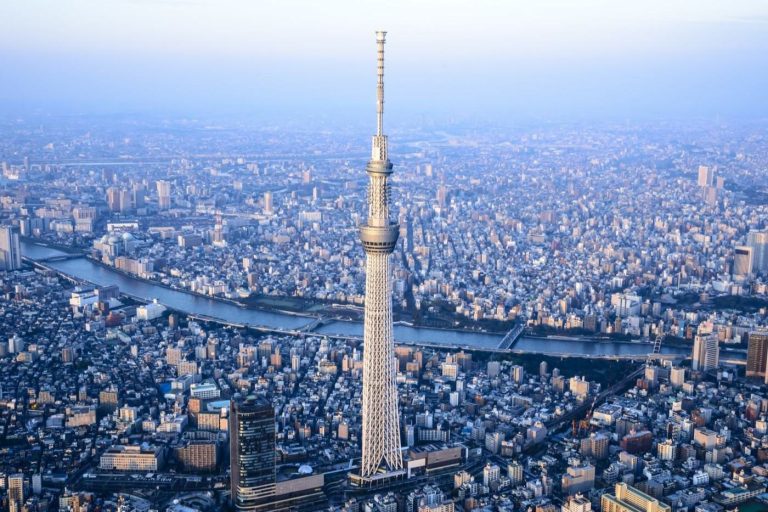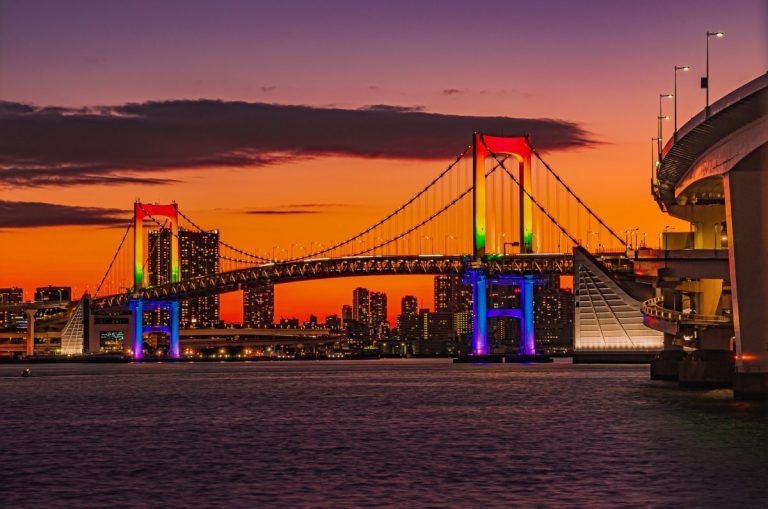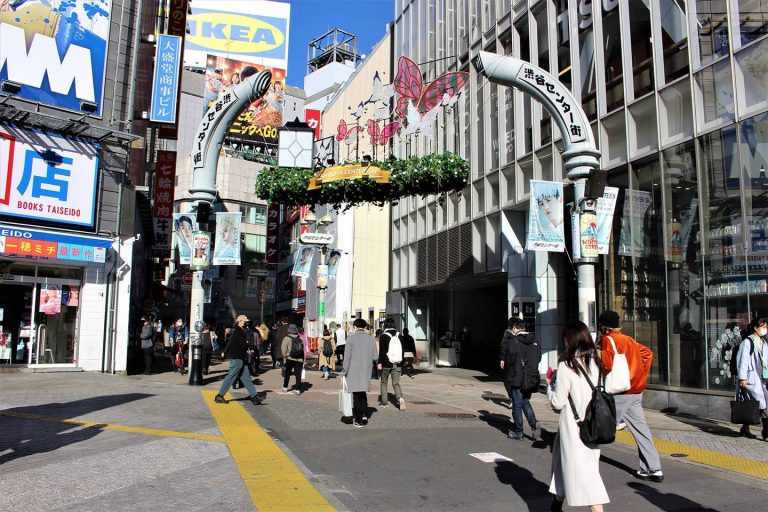Overview of Shinjuku ↔ Hakuba Ski Line
The route connecting Tokyo’s bustling Shinjuku district to the pristine Hakuba ski resort represents one of Japan’s most popular winter travel corridors. This transportation link serves thousands of skiers, snowboarders, and mountain enthusiasts annually, providing access to some of the country’s finest powder snow and Olympic-quality ski facilities.
Hakuba Valley, nestled in the Japanese Alps of Nagano Prefecture, gained international recognition as a venue for the 1998 Winter Olympics. Today, it continues to attract visitors from around the world who seek authentic Japanese ski culture combined with world-class facilities. The journey from Shinjuku offers travelers multiple transportation options, each with distinct advantages in terms of cost, comfort, and travel time.
The significance of this route extends beyond winter sports tourism. Hakuba transforms into a hiking and mountain biking destination during warmer months, making the Shinjuku connection valuable year-round. Understanding your transportation options helps ensure a smooth start to your mountain adventure.
Introduction to the Ski Line
The Shinjuku to Hakuba corridor isn’t technically a single ski line but rather a network of transportation services designed to move urban dwellers to mountain destinations efficiently. This system includes direct bus services, train combinations, and specialized winter transport options that cater specifically to ski resort visitors.
Operators like Alpico and Keio have developed services that account for the unique needs of ski travelers, including early morning departures, luggage accommodations for bulky ski equipment, and seasonal scheduling that aligns with resort operations.
Key Destinations Along the Route
The journey passes through several notable locations that serve as connection points or alternative destinations. Matsumoto serves as a major railway hub where many travelers transfer between services. The route also provides access to other mountain destinations, making it valuable for those exploring multiple resorts.
Intermediate stops often include areas of natural beauty and cultural significance, offering opportunities for travelers to extend their journeys beyond the primary ski destination. These connection points also serve as backup options when weather conditions affect direct services.
Importance of Travel Planning
Proper planning becomes essential when traveling to mountain destinations, particularly during peak ski season. Weather conditions, seasonal schedule changes, and high demand periods can significantly impact travel arrangements. Advance booking often proves necessary, especially for weekend and holiday travel.
Understanding the various transportation options allows travelers to select services that best match their priorities, whether focusing on cost savings, travel time, or comfort levels. This knowledge also provides flexibility when primary travel plans encounter disruptions.
Transportation Options
Travelers between Shinjuku and Hakuba can choose from several transportation methods, each offering different balances of cost, speed, and convenience. The diversity of options ensures that various traveler preferences and budgets can be accommodated, from budget-conscious students to families seeking comfort.
The transportation landscape has evolved to serve the growing international interest in Japanese ski resorts. Services now often include multilingual support, online booking systems, and amenities designed for international travelers unfamiliar with Japanese transportation networks.
Seasonal variations significantly impact service availability and scheduling. Winter services typically offer more frequent departures and extended operating hours to accommodate ski resort schedules, while summer services may focus more on hiking and sightseeing travelers.
Bullet Train and Bus Combination
The bullet train and bus combination represents the fastest route to Hakuba, typically completing the journey in approximately 3 hours. This option involves taking the JR Hokuriku Shinkansen from Tokyo or Ueno to Nagano Station, then transferring to a connecting bus service for the final leg to Hakuba.
This combination offers the reliability of Japan’s renowned shinkansen system combined with the convenience of direct resort access. The bullet train portion provides comfort and speed, while the bus connection offers scenic mountain views as you approach the resort area.
Direct Train Services: Azusa Express
The Azusa Express provides a direct train connection from Shinjuku to Hakuba, eliminating the need for transfers while offering a comfortable journey of approximately 3 hours and 40 minutes. This service costs around ¥8,050 and appeals to travelers who prefer the simplicity of a single-mode journey.
This option proves particularly attractive for travelers carrying significant luggage or those who prefer to avoid the complexity of transfers. The train journey also provides excellent views of the Japanese countryside and approaching mountain ranges.
Bus Services by Alpico and Keio
Direct bus services operated by companies like Alpico and Keio offer the most economical transportation option, with fares starting around ¥6,400. These services typically require about 5 hours of travel time but provide door-to-door convenience without transfers.
Bus services often include amenities like onboard restrooms, reclining seats, and sometimes WiFi connectivity. Some operators also offer specialized ski bus services during winter months with additional luggage space for ski equipment.
Taxi Services and Car Rentals
Private transportation options include taxi services and car rentals, offering maximum flexibility and convenience at premium prices. Car rentals start at approximately ¥17,270 per day, providing freedom to explore the region at your own pace.
These options work well for groups or families who value privacy and schedule flexibility. However, winter driving in mountain areas requires experience with snow conditions and proper vehicle equipment.
Cost of Travel
Transportation costs between Shinjuku and Hakuba vary significantly depending on your chosen method and booking timing. Understanding the cost structure helps travelers budget appropriately and select options that provide the best value for their specific needs and preferences.
Seasonal pricing fluctuations affect most transportation options, with peak ski season typically commanding higher fares. Early booking often provides cost advantages, while last-minute arrangements may result in premium pricing or limited availability.
Additional costs beyond basic transportation fares can include reserved seating fees, luggage charges, and seasonal surcharges that operators implement during high-demand periods.
Ticket Prices for Buses
Bus fares between Shinjuku and Hakuba typically range from ¥6,400 to ¥7,800 for one-way travel, representing the most budget-friendly transportation option. Pricing variations depend on the specific operator, departure time, and seasonal demand factors.
Some operators offer discounted round-trip fares or multi-day packages that include accommodation bookings. Student discounts and group rates may also be available, particularly during off-peak travel periods.
Cost of Bullet Train Tickets
The bullet train and bus combination typically costs around ¥10,400, reflecting the premium nature of shinkansen travel. This price includes both the bullet train fare to Nagano and the connecting bus service to Hakuba resort areas.
JR Pass holders can significantly reduce costs by using their passes for the bullet train portion, paying only for the connecting bus service. This makes the high-speed option more economical for travelers already holding rail passes.
Additional Fees for Late-Night Buses
Late-night and early morning bus services often carry surcharges above standard daytime fares. These premium services cater to travelers seeking to maximize their time at the resort by traveling during off-hours.
Surcharges typically range from ¥500 to ¥1,500 depending on the departure time and operator. Some services also offer premium seating options with additional legroom or enhanced comfort features for supplemental fees.
Car Rental Costs
Car rental expenses extend beyond the basic daily rate of approximately ¥17,270, including fuel costs, highway tolls, and potential winter equipment rentals like snow tires or chains. Parking fees at resort destinations add to the overall transportation budget.
Insurance options and GPS navigation system rentals represent additional considerations for international travelers. Some rental companies offer ski-specific packages that include equipment transportation solutions.
Travel Times
Journey duration between Shinjuku and Hakuba varies considerably based on transportation choice and external factors. Understanding realistic travel times helps in planning arrival schedules and connecting activities, particularly important for day trips or tight itineraries.
Seasonal factors significantly impact travel duration, with winter weather potentially causing delays across all transportation modes. Peak travel periods also result in increased congestion and longer journey times, especially for road-based transportation options.
Connection times and transfer requirements add complexity to journey planning. Services requiring transfers need buffer time for connections, while direct services offer more predictable arrival times.
Bus Travel Times
Direct bus services typically require approximately 5 hours for the complete journey between Shinjuku and Hakuba. This duration can extend during peak travel periods, adverse weather conditions, or heavy traffic situations commonly encountered during winter weekends.
Express bus services may offer slightly faster travel times by utilizing highway routes and making fewer intermediate stops. However, local traffic conditions and weather remain significant factors affecting actual arrival times.
Train Travel Times
The Azusa Express direct train service completes the journey in approximately 3 hours and 40 minutes, offering a reliable and comfortable alternative to bus travel. Train services generally maintain more consistent schedules regardless of road traffic conditions.
The bullet train combination reduces travel time to around 3 hours total, making it the fastest available option. However, transfer time between the bullet train and connecting bus service should be factored into overall journey planning.
Factors Affecting Travel Duration
Weather conditions represent the primary variable affecting travel times, particularly during winter months when snow and ice can cause significant delays. Road closures or restrictions may force longer alternative routes for bus services.
Peak travel periods, including weekends and Japanese holidays, result in increased congestion and longer journey times. Early morning and late evening departures often experience less traffic and more predictable travel times.
Booking Information
Reservation systems for Shinjuku to Hakuba transportation have modernized significantly, with most operators now offering online booking platforms alongside traditional counter sales. These systems typically open reservations up to one month in advance, allowing travelers to secure preferred departure times and seating options.
The booking landscape varies between operators, with some offering comprehensive mobile apps while others maintain simpler web-based systems. Understanding each operator’s booking procedures helps ensure successful reservations and reduces travel day complications.
Payment methods and cancellation policies differ among service providers. International travelers should verify accepted payment methods and understand refund procedures before finalizing bookings.
Online Reservation Systems
Most major operators now provide online reservation platforms that allow booking up to one month in advance. These systems typically offer seat selection, payment processing, and electronic ticket delivery, streamlining the booking process for tech-savvy travelers.
Multilingual support varies among online systems, with some offering full English interfaces while others provide limited translation. Mobile-responsive designs make booking possible from smartphones and tablets.
Booking in Advance
Advance booking becomes particularly important during peak ski season, especially for weekend and holiday travel when services often reach capacity. Popular departure times may sell out weeks in advance during high-demand periods.
Early booking also provides access to promotional fares and preferred seating options. Some operators offer early-bird discounts for bookings made several weeks in advance.
Troubleshooting Reservation Issues
Common reservation problems include payment processing difficulties, seat availability discrepancies, and confirmation email delivery issues. Most operators provide customer service support through phone lines or email systems to resolve booking complications.
Reservation systems sometimes share capacity with physical ticket counters, meaning online availability may not reflect real-time seat availability. Contacting operators directly can sometimes resolve apparent booking conflicts.
Luggage Policies
Luggage handling represents a significant consideration for ski travelers, who typically carry bulky equipment alongside standard personal items. Different transportation operators maintain varying policies regarding luggage size, weight, and additional fees, making it important to understand restrictions before travel.
Ski equipment presents particular challenges due to size and weight considerations. Some services offer specialized ski equipment handling, while others may require advance arrangements or additional fees for oversized items.
Alternative luggage solutions, including delivery services, provide options for travelers with excessive baggage or those seeking to simplify their journey by sending items separately to their destination.
Luggage Policies by Operators
Bus operators typically allow standard luggage without additional fees but may charge extra for oversized items like ski equipment. Weight limits and size restrictions vary, with some services offering dedicated ski equipment storage areas.
Train services generally provide more generous luggage allowances, with overhead storage and dedicated areas for larger items. However, extremely bulky items may still require special arrangements or additional fees.
Sending Excess Luggage
Japan’s efficient delivery services offer convenient alternatives for managing excess luggage. Services like Yamato Transport and Sagawa Express can deliver luggage directly to hotels or resorts, often arriving the same day or next day depending on the service level selected.
Delivery costs typically range from ¥1,000 to ¥3,000 depending on package size and delivery speed. This option particularly benefits travelers using multiple transportation modes or those concerned about luggage handling during transfers.
Recommended Luggage Management
Optimal luggage strategies often involve a combination of carried items and delivered luggage. Essential items and immediate needs travel with passengers, while bulky ski equipment and extra clothing can be sent via delivery services.
Packing efficiently for mountain travel requires consideration of weather changes and activity requirements. Layered clothing systems and multi-purpose items help minimize luggage volume while maintaining functionality.
Scenic Spots and Attractions
The journey between Shinjuku and Hakuba offers numerous opportunities to experience Japan’s natural beauty and cultural attractions. Understanding these highlights helps travelers plan extended itineraries or identify worthwhile stops during their mountain adventure.
Seasonal variations dramatically alter the scenic landscape, with spring cherry blossoms, summer green mountains, autumn foliage, and winter snow scenes each offering unique photographic and experiential opportunities.
Many attractions along the route provide cultural insights into traditional Japanese mountain life, hot spring culture, and regional cuisine that enhance the overall travel experience beyond skiing activities.
Key Hotels and Accommodations
Hakuba Valley offers diverse accommodation options ranging from traditional Japanese ryokan to modern luxury resorts. Properties like Powderhouse and The Moo chalet provide upscale experiences with private onsen facilities and contemporary amenities designed for international guests.
Accommodation booking often coordinates with transportation reservations, particularly during peak seasons when both lodging and transport capacity become constrained. Some operators offer package deals combining transportation and accommodation.
Popular Scenic Spots
The route passes through several areas of outstanding natural beauty, including views of the Japanese Alps and traditional mountain villages. Matsumoto Castle, one of Japan’s premier original castles, provides a cultural highlight accessible via the train route.
Seasonal attractions include cherry blossom viewing in spring, alpine flower meadows in summer, and spectacular autumn foliage displays. Winter transforms the landscape into a pristine snow-covered wonderland ideal for photography.
Local Attractions to Explore
Hot spring facilities along the route offer relaxation opportunities and cultural experiences. Many onsen provide day-use options for travelers not staying overnight, allowing brief cultural immersion during the journey.
Local food specialties include mountain vegetables, river fish, and regional sake varieties. Many restaurants along the route specialize in hearty mountain cuisine designed to fuel outdoor activities.
Travel Tips and Recommendations
Successful travel between Shinjuku and Hakuba requires understanding both the transportation systems and the unique aspects of mountain destination travel. Experienced travelers develop strategies that account for weather variability, seasonal demand fluctuations, and the specific needs of ski resort visits.
Cultural considerations become important when using Japanese transportation systems, including etiquette expectations, language barriers, and payment methods. Preparation helps ensure smooth interactions and reduces stress during the journey.
Practical preparations extend beyond booking transportation to include appropriate clothing, emergency preparations, and understanding resort facilities and services available upon arrival.
Checking Seat Availability
Real-time seat availability checking becomes crucial during peak travel periods when popular services may sell out quickly. Online reservation systems typically provide current availability, though capacity sharing with physical counters can create discrepancies.
Flexible travel dates often provide better availability and potentially lower fares. Traveling during off-peak hours or weekdays generally offers more seating options and reduced crowding.
Understanding Schedule Changes
Seasonal schedule modifications affect most services, with winter timetables typically offering expanded service during ski season. Timetable updates for the following season usually become available in mid-November, allowing advance planning for future trips.
Weather-related schedule changes can occur with minimal notice, particularly during severe winter storms. Monitoring weather forecasts and maintaining flexible arrival plans helps manage weather-related disruptions.
General Travel Tips for Visitors
International travelers benefit from understanding Japanese transportation etiquette, including quiet behavior on trains and buses, priority seating policies, and proper luggage management. These cultural considerations enhance the travel experience for all passengers.
Currency preparation remains important as some services may not accept international credit cards. Having sufficient cash in Japanese yen ensures smooth transactions for tickets, food, and incidental expenses during the journey.
Frequently Asked Questions
What are the main transportation options from Shinjuku to Hakuba?
Travelers can choose from bullet train and bus combinations, direct train services like the Azusa Express, bus services by Alpico and Keio, or private taxi and car rental options.
How long does it take to travel from Shinjuku to Hakuba?
Travel times vary depending on the mode of transportation, with the bullet train and bus combination taking approximately 3 hours, while direct train services take about 3 hours and 40 minutes, and bus services typically require around 5 hours.
What is the cost of traveling from Shinjuku to Hakuba?
Costs vary by transportation method, with bus fares ranging from ¥6,400 to ¥7,800, bullet train and bus combinations costing around ¥10,400, and car rentals starting at approximately ¥17,270 per day.
Is advance booking necessary for transportation?
Yes, especially during peak ski season and weekends, as popular services can sell out quickly. Early booking can also provide access to promotional fares.
What should I know about luggage policies?
Luggage policies vary by operator, with bus services typically allowing standard luggage without additional fees but may charge for oversized items like ski equipment. Train services often have more generous allowances.
Embarking on Your Shinjuku to Hakuba Adventure
Traveling between Shinjuku and Hakuba offers a gateway to Japan’s stunning winter sports and year-round outdoor activities. With a variety of transport options, understanding your choices can enhance your journey, whether you’re seeking speed, comfort, or economy. By planning ahead and being aware of the unique aspects of mountain travel, you can ensure a memorable and enjoyable experience in one of Japan’s premier recreational regions.
